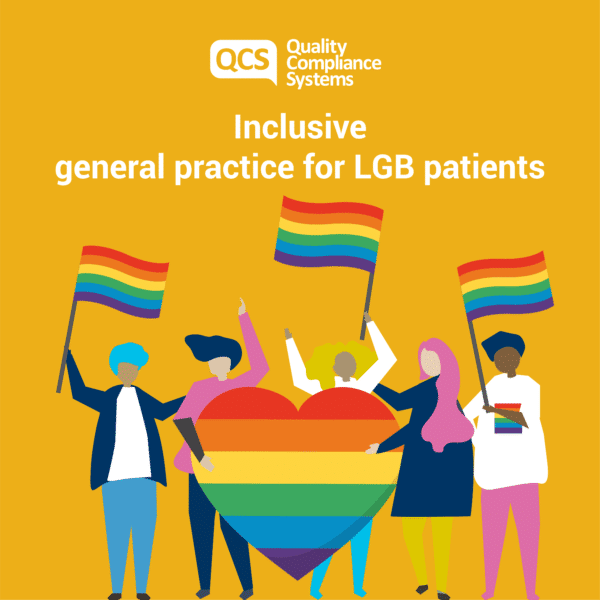Research has shown LGB patients have specific health needs. They experience higher rates of depression, self-harm and suicide than the general population. They are more likely to smoke, drink large amounts of alcohol and use illegal drugs. Many have to cope with the pressure and stigmatisation of being minority LGB. To keep LGB people healthy, it is necessary for GPs and practice nurses to understand their actual health needs are far broader than regular STI screening. Therefore, it is vital for the general practice environment to encourage LGB patients to choose to self-disclose their sexual orientation and form an active partnership with their GP that improves their health outcomes and brings them into line with those of their heterosexual counterparts.
Lesbians and bisexual (LB) females are less likely to have cervical smears than other women. With HPV a cause of cervical cancer that is sexually transmitted between female partners it is more likely to go undetected in LB females thus putting them at greater risk without regular cervical smears. Information about safer sex practices can dispel any myths about the safety of women who have sex with women and so reduce the risk of LB females acquiring HPV.
There is a greater likelihood that lesbians and bisexual women aged 50-79 will develop breast cancer than women in general despite little reported variation in breast screening take-up rates for that age group.
Recent statistics point to three times more gay and bisexual men suffering from eating disorders than men in general.
Minority stress – the mental health consequences of stigmatisation, social exclusion, discrimination and harassment of minority groups – puts LGB people at a significantly increased risk of depression, self-harm and suicide compared to heterosexual people.
The social issues faced by LGB people throughout their lives that impact negatively on their emotional health and wellbeing can include violence, discrimination, prejudice and general intolerance. The LGB ratio is calculated at 6 per cent of the population – approximately 1 in 16 people – yet they also report feeling invisible.
LGB people age 55 and older are more likely to live alone than heterosexual people in the same age group while social isolation can affect LGB people of all ages – especially in rural or under-populated areas – with domestic abuse in same sex relationships less likely to be reported.
Lesbian, gay and bisexual patients are less inclined to disclose their sexual orientation – or “come out” which day-to-day life appears to require LGB people to do regularly – to their GP. When they do, however, all the issues that are known to have an effect their health can be identified and then discussed holistically rather than simply in relation to sexual orientation and sexual health for coding and recording purposes. Therefore, it is important for practices to demonstrate openness, inclusivity and positive attitudes toward LGB patients to help them feel safe, comfortable and confident and so able to disclose or talk about their sexual orientation with their GP who can make sure all their health needs are recognised and jointly agree a plan to meet them.



